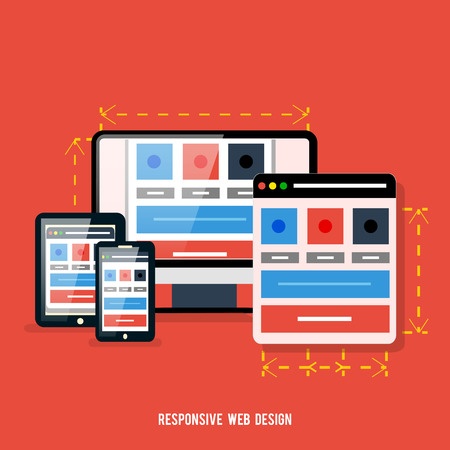Why Your Website Technology Is Hindering Your Online Fundraising and Awareness
What You Should Know
 1. How do most nonprofits build their websites?
1. How do most nonprofits build their websites?a. Most nonprofits build and maintain their websites using a Content Management System (CMS). There are at least 200 Content Management Systems used by nonprofits. Three of the most popular are WordPress, Drupal, and Joomla.
b. All CMSs work essentially as the name implies. They enable you to manage the content of your website -- typically that includes text, images, and links, if you are lucky, maybe a bit more. If the main thing you want your site to do is display information, then a CMS may work just fine for you.
 2. How should you build your website so you can get the best results from it?
2. How should you build your website so you can get the best results from it?a. If you would like your site to draw more traffic, raise more money, be more interactive, and do many other types of transactions, no CMS will enable you to do all of that. Fortunately a new generation of technology can. It’s called a Functionality Management System.
3. What are the advantages of an FMS over a CMS?
a. As easily as a CMS enables you to manage your site’s content, a good FMS will enable you to also manage your site’s functionality, design, navigation, SEO, reporting, security, administration, and every other aspect of your site.
b. If your site was built using a CMS such as the ones mentioned above, and you don’t know those tools, you will be unable to maintain your website. Even if you do know, say WordPress, you probably only know it up to a certain point. If you want to make changes to your website that are beyond your knowledge, you either need to hire outside help, or more likely, they simply will not get done. A good FMS enables, you, or anyone without technical skills or even training to easily maintain every aspect of your website – often through simple point-and-click.
 4. Where can you get information about available FMSs?
4. Where can you get information about available FMSs?a. Here are some places where you can get information on website tools for nonprofits:
i. Tech Soup, based near San Francisco, is a valuable repository of information pertaining to nonprofits’ use of the Internet. This includes information about various website tools, platforms, and vendors.
ii. Nonprofit Matrix: NonProfit Matrix as the name implies, is a matrix of tools and vendors to meet nonprofits’ IT needs.
ii. Nonprofit Matrix: NonProfit Matrix as the name implies, is a matrix of tools and vendors to meet nonprofits’ IT needs.
What Should You NOT Do?
1. Don’t use a CMS to build or maintain your website – or worse, program it in a raw code such as HTML.
What You SHOULD Do
1. Use an FMS to build and maintain your site.
2. Actively use the various features of your FMS to manage all aspects of your site, including functionality, design, navigation, SEO, reporting, security, administration, etc.
3. Suggest enhancements to your FMS vendor, and learn/use the new enhancements as they are released.
4. Use your FMS to build a site that not only has a lot for the visitor to SEE, but also a lot for them to DO – so you can build awareness, engagement, and revenue.
|
Click here for a FREE Private Internet Consultation with a world-renowned nonprofit website expert. You’ll get valuable feedback and advice regarding your website and its traffic, search engine optimization, social media, and online marketing. |

 1. What % of your website visitors are using mobile devices?
1. What % of your website visitors are using mobile devices?
 d. Boosting traffic. Studies show that more than 25% of website searches and website access is now done via mobile devices. That number, of course is growing. Your organization should want to get your share of that growing mobile traffic. One way to do that is to have a website that is easily accessible and navigable by mobile users. Also, related to this, you should be tracking your website traffic -- including the percentage of your website traffic that comes via mobile users, and you should be tracking the change in that percentage over time.
d. Boosting traffic. Studies show that more than 25% of website searches and website access is now done via mobile devices. That number, of course is growing. Your organization should want to get your share of that growing mobile traffic. One way to do that is to have a website that is easily accessible and navigable by mobile users. Also, related to this, you should be tracking your website traffic -- including the percentage of your website traffic that comes via mobile users, and you should be tracking the change in that percentage over time. 3. What is “responsive design” and should I use it?
3. What is “responsive design” and should I use it?
